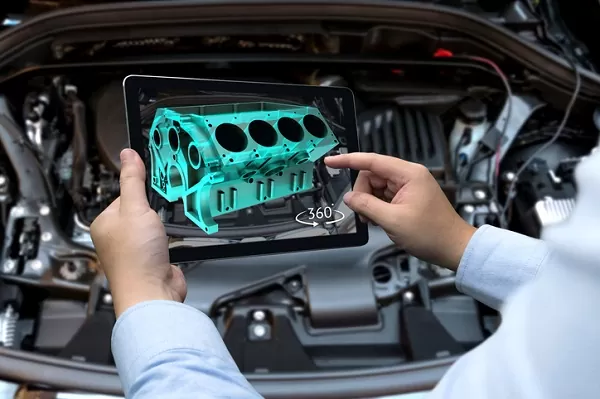Personal injury litigation can take several months to many years to resolve and entails a number of stages, actions, and processes to get from a car accident to compensation. It’s crucial to comprehend the steps in a typical injury lawsuit if you’ve been hurt in a vehicle accident.
In this post, we’ll outline the critical stages of a vehicle accident lawsuit so you may prepare for the subsequent legal proceedings.
Filing a Lawsuit
After a car accident, you may not be considering filing a lawsuit. Assessing the harm to both you and your car should be your top priority. However, it is crucial.
You might have to submit a claim to the insurance provider for the other driver. However, if your costs are higher than the policy’s maximum or if they reject your claim, you should initiate a lawsuit. Your attorney will file a complaint with the district court to start the procedure. Once the defendant receives this complaint, they have a set amount of time to react.
The Dallas car accident lawyers at Mathias Raphael PLLC Accident & Injury Lawyers note that when dealing with insurance companies it’s important to remember that they are focused on their bottom line. They aim to minimize payouts in order to save money. Avoid providing a recorded statement without seeking legal advice first.
Trial-Prep Litigation
The judge may set a trial date if the defendant fails to prevail in a petition to dismiss during pre-trial proceedings.
Additionally, the judge might advise you to choose mediation. Both parties must sit down with a third party to negotiate.
Gathering Facts
The attorneys are now looking into the specifics of your case. They will reveal any documents or information they believe to be evidence.
Although it might seem strange to disclose this information, both parties are legally entitled to it. You do have the right to omit some information, such as private discussions with your spouse or doctor.
Summary Decision
You may request a summary judgment from the judge if your attorney believes the material gathered throughout the discovery procedure is sufficient. It involves asking that the judge render a decision without a trial.
In this case, a court will reach a decision based solely on the evidence available. If the defendant believes there is sufficient information to show their case cannot succeed, they may file the motion. You must present evidence to prove your position, regardless of who submits the request for summary judgment.
Getting a Settlement
Negotiating settlements for auto accident cases is essential, mainly when the negligent driver resulted in fatalities or serious injuries. It is crucial to look for compensation for psychological or emotional distress.
The best course of action may be a settlement if the evidence is suspect or unclear. In most cases, the attorney receives the compensation and places it in a trust, guaranteeing that any future claims made against the driver are dropped.
Going to Trial
The final phase of a vehicle accident case is a trial. It will only take place if a settlement or summary judgment is unsuccessful. Juries and benches are the two types of trials.
In a bench trial, the judge will look over the case and evaluate its strengths in light of the evidence given. In a jury trial, each juror must assess the case’s facts to determine how much compensation you should receive.
Any party may appeal the verdict following the trial. This implies that the Court of Appeal will now hear the matter.
The Bottom Line
Contact a car accident lawyer immediately if you want to sue following a collision or if you are already being sued. It’s crucial to begin the process as soon as you can because it involves a lot of work before filing a case. Additionally, the statute of limitations in your state may limit how long after an injury you can file a lawsuit, so you’ll want to be sure your case gets to court in time.






